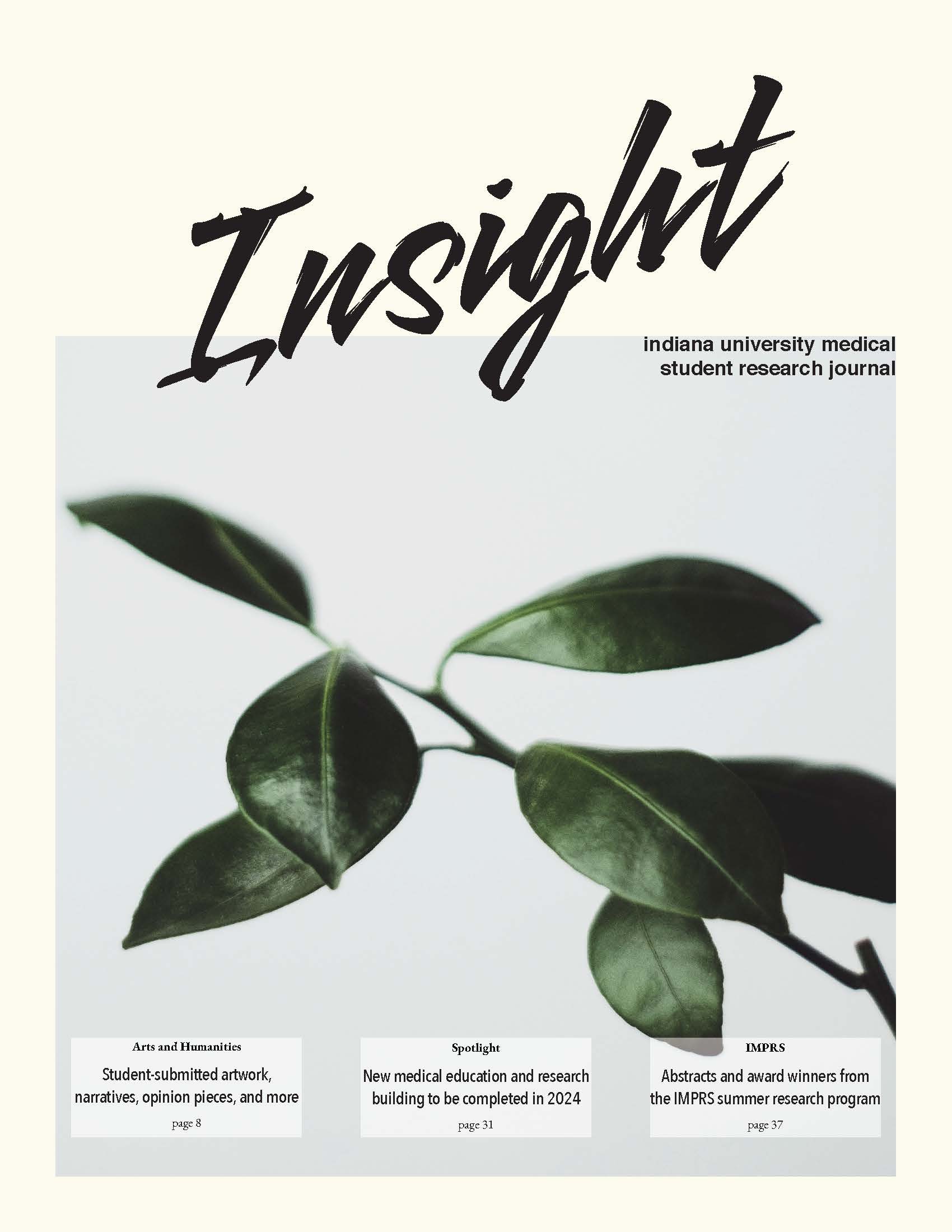A Mixed Methods Analysis of Patient Utilization and Trust of Emergency Medical Services (EMS)
Abstract
Background: Little is known regarding patients’ decisions to come to the emergency department (ED) via emergency medical services (EMS) versus privately owned vehicle (POV) and no studies have investigated patients’ trust of the EMS system as it varies by race.
Methods: Patients who came to one urban, academic ED were given a mixed methods survey at bedside. Qualitative data identified patient reasoning for utilization of EMS versus POV. Quantitative data included patient demographics, medical and social history, and two validated scales to assess trust and perceived empathy of EMS providers (the Group-Based Medical Mistrust Scale and the Jefferson Scale of Patient Perception of Physician Empathy). Descriptive statistics showed characteristics of patients who came in via EMS versus POV and an unpaired t-test described the difference in EMS trust as it varied by race.
Results: Qualitative: Patients who came via EMS reported lack of access to a POV, inability to drive, and the inability to move secondary to the chief presenting medical complaint. Patients who came in via POV based their selection on speed, high cost of EMS transport, the ability to drive themselves safely, or lack of perceived emergency.
Quantitative: 9/23 (39.1%) patients utilized EMS transport and 14/23 (60.9%) utilized POV. 56.5% of patients were Black and 39.1% were White. Of those who came in by EMS, only 5/9 (55.5%) felt they had an immediate threat to life, organ or body function. The Group-Based Medical Mistrust Scale indicated that Black patients had less trust in the EMS system than White patients (p=0.04), while the Jefferson Scale of Patient Perception of Physician Empathy demonstrated no significant difference (p=0.60).
Conclusion and Potential Impact: Hopefully, this data will inform policy makers attempting to make the emergency care system accessible to all patients and provide appropriate non-emergent options for optimal medical care.
Downloads
Published
Issue
Section
License
Copyright to works published in Insight is retained by the author(s).

